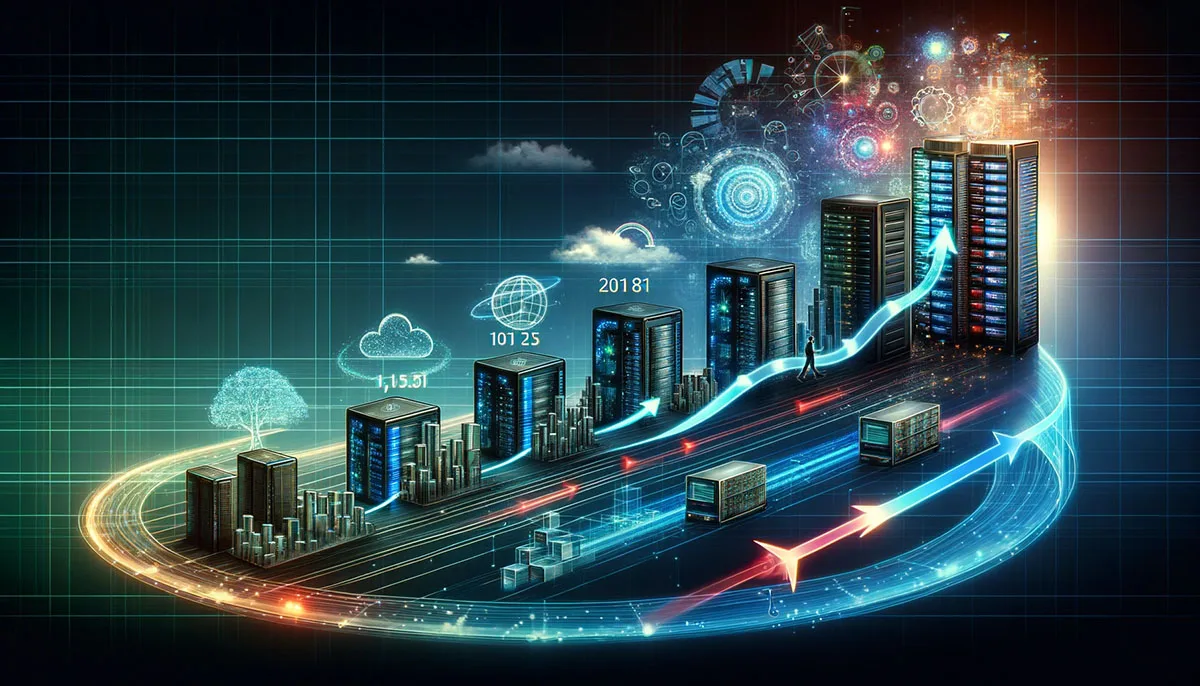In the rapidly evolving technological landscape, there’s a proliferation of devices and an accompanying surge in data generation. The traditional model of funneling all this data to centralized cloud data centers shows its limitations, primarily in latency and bandwidth. Enter edge computing, a paradigm shift that promises to revolutionize data processing and the application of digital capabilities. In this comprehensive exploration, we dissect the intricate web of edge computing, its implications, and the future it is forging.
Understanding Edge Computing

Edge computing represents a tectonic shift from the conventional cloud-based approach to data processing. It involves bringing computation and data storage closer to where needed to improve response times and save bandwidth. The essence of edge computing lies in its proximity to the source of data, whether it’s consumer devices like smartphones or enterprise equipment.
Definition and Basic Principles
Edge computing’s primary goal is to move processing power to a network’s edge. By doing so, data processing happens in near real-time, minimizing the round-trip time to send data to a centralized server and receive a response. This close-to-source approach ensures that critical applications can run effectively even with connectivity issues with the cloud.
Key Components of Edge Computing Architecture
An edge computing system’s hardware and software components are pivotal to its functionality. Devices or “nodes” at the edge are local mini-data centres equipped with computing power and storage. These devices are interconnected, allowing for shared resources and redundancy, redefining reliability in data processing.
The Role of IoT in Edge Computing
The burgeoning use of Internet of Things (IoT) devices has catalyzed the push for edge computing. IoT sensors and devices operate in diverse, often remote and uncontrolled, environments. By deploying edge computing, these devices can process the data they generate, analyze it on-site, and only transmit the most pertinent information to the cloud, making the IoT ecosystem more efficient and effective.
To deepen your understanding of how edge computing compares to traditional content delivery networks, don’t miss our insightful blog on “CDN Vs Edge Computing.” Discover the key differences and learn which solution best fits your technological needs.
The Advantages of Edge Computing

The benefits of edge computing are multifaceted, with ramifications for various digital experiences and industrial processes. Edge computing is poised to unlock new potential by reducing latency and improving response times.
Reduced Latency and Faster Response Times
The elimination of round-trip data travel is a game-changer for latency-sensitive applications. In sectors like finance, every millisecond saved in processing times can make a significant difference. Edge computing ensures that data-intensive processes can yield outcomes instantaneously, significantly improving user experiences.
Bandwidth Savings and Improved Data Efficiency
With edge computing, the volume of data that needs to be transmitted to the cloud is substantially reduced. This translates to significant savings in bandwidth usage, especially in scenarios where a large proportion of the data gathered may be deemed non-critical. Edge computing exerts a smarter data management approach by locally processing data, fostering efficiency.
Enhanced Security and Privacy
In the digital age, privacy and data security are essential issues. Edge computing addresses these worries by allowing for localized data processing. Since sensitive data does not need to traverse networks to distant cloud data centers, the potential attack surface is minimized, and data sovereignty is maintained, instilling a higher level of control and security.
Applications of Edge Computing
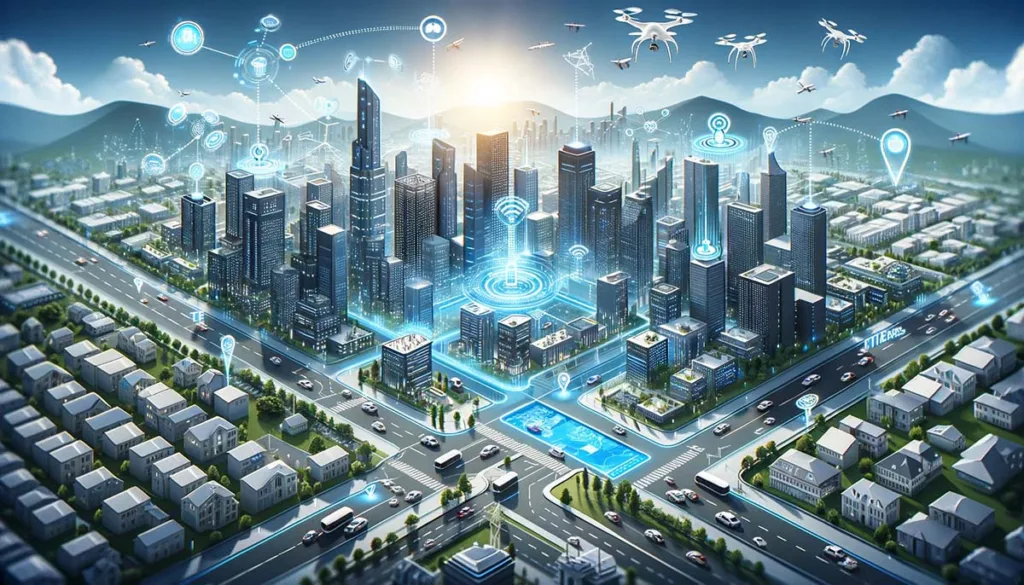
The reach of edge computing extends far beyond mere technical innovation; it is a catalyst for change in various sectors.
Smart Cities and Urban Planning
Edge computing plays a pivotal role in steering the development of smart city infrastructure. It enables real-time data analysis for traffic management, public safety applications such as surveillance and emergency response systems, and advanced environmental monitoring to combat climate change effects. The agility edge devices provide is instrumental in the dynamic decision-making that smart cities necessitate.
Healthcare and Telemedicine
In healthcare, especially in remote patient monitoring and telemedicine, edge computing has the potential to save lives. By enabling continuous monitoring, early detection of health issues, and immediate localized decision-making, edge computing infrastructure is the backbone of next-generation healthcare technologies that bring care closer to the patient.
Manufacturing and Industrial Automation
Manufacturing plants operate at a breakneck pace, with every millisecond of unscheduled downtime translating to significant losses. Edge computing facilitates predictive maintenance by monitoring machine health in real-time and identifying anomalies on-site, enhancing operational efficiency. Furthermore, edge computing ensures that critical decisions are made with minimal delay in industrial automation, improving process control and product quality.
Challenges and Considerations in Implementing Edge Computing
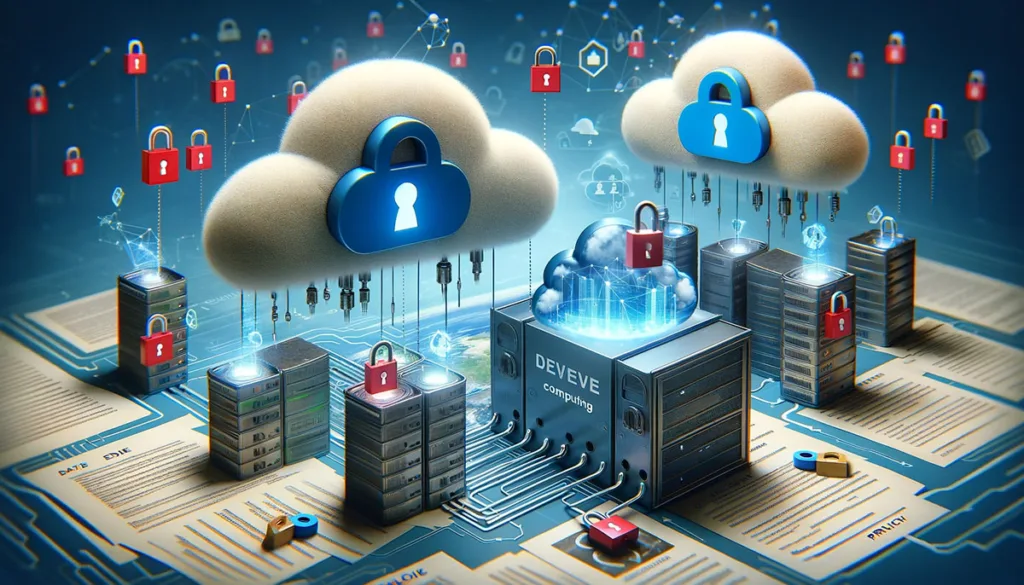
While promising, integrating edge computing into existing workflows has its challenges. These obstacles must be recognized and overcome for deployment to be successful.
Technical Challenges and Infrastructure Requirements
Edge computing systems often require robust infrastructure and, in some cases, deployment in harsh environments. Furthermore, the diversity and volatility of edge devices call for sophisticated management systems that can handle such heterogeneity. Overcoming these obstacles will require careful planning and a firm grasp of the needs of edge-based operations.
Security and Privacy Concerns
Every advancement in technology brings along new security considerations. Edge computing is no exception, with the distributed nature of edge systems creating additional surfaces for potential attacks. Implementing robust security measures, including encryption, authentication, and access control, is imperative for safeguarding data.
Integration with Existing Systems
Integrating their edge computing solutions with existing systems can be complex for enterprises already entrenched in traditional cloud computing. Ensuring data flows seamlessly between the edge and the cloud and between edge devices requires thoughtful design and reevaluating the current architecture.
The Future of Edge Computing
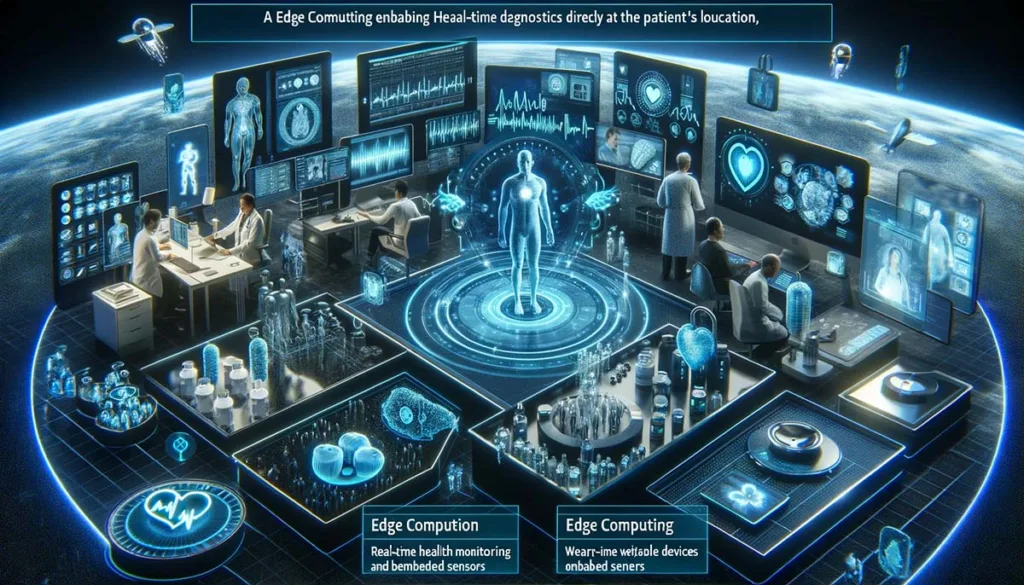
The trajectory of edge computing points towards an increasingly interconnected and efficient digital world. We’re poised to witness incremental advances and a complete reimagining of how technology supports human endeavors.
Trends and Emerging Technologies
Edge computing has the potential to significantly improve emerging technologies like artificial intelligence (AI) and machine learning (ML). The ability to process AI algorithms at the edge promises to bring about intelligent devices that can learn and adapt to their surroundings without continuous reliance on the cloud. Additionally, the impending widespread adoption of 5G networks further empowers edge computing, providing the high-speed, low-latency connectivity that will be vital in the coming era of decentralized computation.
The Potential Impact on Different Industries
The influence of edge computing will be deeply felt across industries. In retail, for instance, edge computing can personalize in-store customer experiences, while in agriculture, it can optimize crop management. Similarly, edge computing’s role in entertainment may yield interactive experiences that need to be more feasible. The only limit to its application is our imagination.
Step-by-Step Guide to Getting Started with Edge Computing
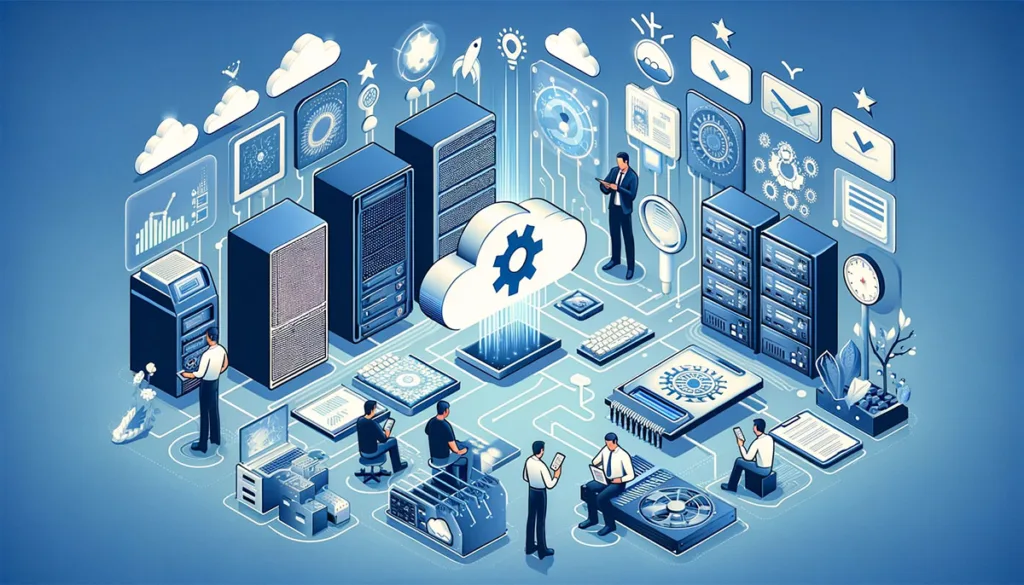
A strategic approach is key for those looking to harness the power of edge computing. Here’s a practical guide to beginning your edge computing journey.
Assessing Your Needs and Identifying Opportunities
Start by evaluating your organization’s needs and looking for areas where edge computing could significantly impact them. Consider operational pain points, latency-sensitive applications, and scenarios where real-time data analysis can lead to actionable insights.
Choosing the Right Technology Partners and Solutions
Collaboration with the right partners—hardware vendors, software developers, and service providers—is critical. Seek out those with a strong track record in edge computing solutions and a clear understanding of your industry’s challenges and opportunities.
Implementing and Monitoring Edge Computing Solutions
Deploying edge computing solutions is just the beginning. Implement robust monitoring and management practices to ensure the smooth operation of your edge systems. Given the dynamic nature of edge computing environments, constant vigilance and flexibility are crucial.
Conclusion
Edge computing’s ascent is not merely the next “shiny new thing” in tech but a harbinger of a new age of digital empowerment. The ability to process data at the edge promises a dramatic reduction in latency and bandwidth usage and a shift in how we think about data privacy, security, and the very architecture of the internet.
It’s a formidable trend that tech enthusiasts, professionals, and developers cannot afford to ignore but must leverage to unlock its full potential. As we stand at the edge of a new computing era, it’s clear that edge computing isn’t just a technological movement—it’s a revolution in the making. So, get ready to ride the edge computing wave and usher in a new era of connected intelligence.
Resources
For further exploration into the transformative world of edge computing and its far-reaching impacts, consider delving into these comprehensive resources. They offer valuable insights and in-depth analysis on how edge computing is reshaping technology across industries.
The Rise of Edge Computing: IT’s Next Frontier in 2024 – IT Executives Council
Bridging the gap: Red Hat’s role in the rise of edge computing – SiliconANGLE
The shift to edge computing is happening fast — here’s why – TechTarget
The Rise of Edge Computing: Empowering the Internet of Things (IoT) – SlashDev

